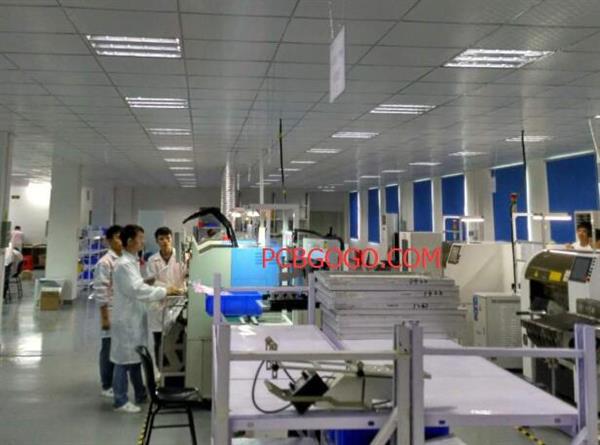

How to Find a Good PCB Supplier
Some key things to look for:
· Delivery time. Many low cost fabs require several weeks to schedule and build your boards. Three-day turn-arounds cost much more. Like PCBGOGO.com , it will take 2-4days via DHL.
· Will they respect your requirements (fab notes), or just build to a standard set of tolerances and specs? Many low cost vendors severely limit what they will accept in fab notes.
· Quality. Do you trust this shop to build your board right the first time, or is there a chance they'll mess it up and have to re-do it, causing a delay?
· Lower-level materials. Are they buying the actual laminate materials from high quality vendors or just whatever's cheapest at the moment. (Does your application need the higher-quality material?) Will they use the same material for every lot? If they're just buying at lowest cost, the product is likely to vary from lot to lot.
· Support. Are they providing engineering support to review your design and catch mistakes (mostly your layout mistakes) before you spend money on the fab.
· Test. Are they providing 100% connectivity testing on the boards after manufacturing?
· Certifications. Can the provide UL 94V-0 fire resistance certification on your boards?
· Capacity. When your prototype works and you're ready to build 1000, 10,000, or 100,000 boards per month, can they support you?
· Capability. Do you need 3/3 space/trace, gold plating, thin dielectrics, impedance control, microvias, etc., etc? Higher-technology designs need higher-cost equipment to build and more attention to detail when building them.
Obviously it depends on your project which of these qualities are worth paying extra for.
Traditional tin/lead is easier to work with for hand assembly, but can't be legally used in products you want to sell in Europe, China and probably some other countries.
Pure tin coating is a reasonable alternative to tin/lead if you can't use tin/lead.
Another option is organic solderability preservative (OSP) over bare copper. This is common for volume production.
Gold is useful for corrosion resistance if you are making an edgecard connector, or if you will be wirebonding to a chip-on-board component. Different gold-plating processes are generally used in these two situations. If you need to know the difference, it's worth opening a separate question about it.
If you are hand-assembling your boards and in the USA, tin-lead is probably your best choice.
Measuring the quality of PCBs is pretty involved. Most defects happen when you try to push to the limits of technology (3 mil traces, 6 mil vias, 0.5-mm BGA pads, etc). If you are only working at low volumes and with forgiving design rules (8/8 or larger), you aren't likely to run into quality issues, even with low-cost vendors.
- Comments(1)
**
Nov 29.2024, 19:25:05
